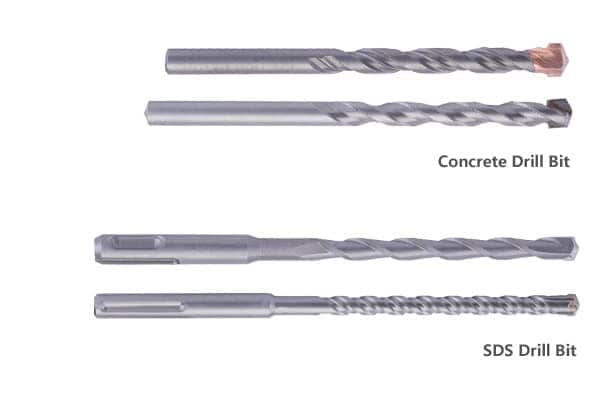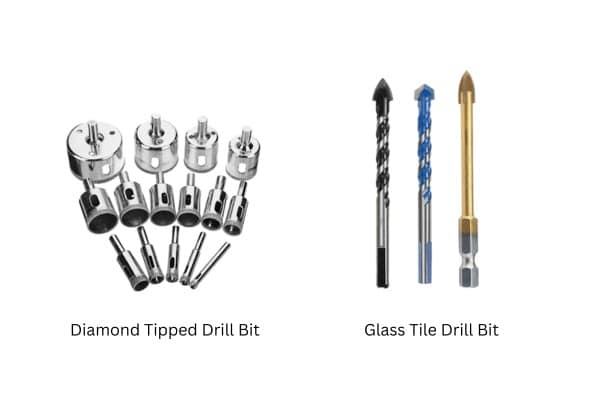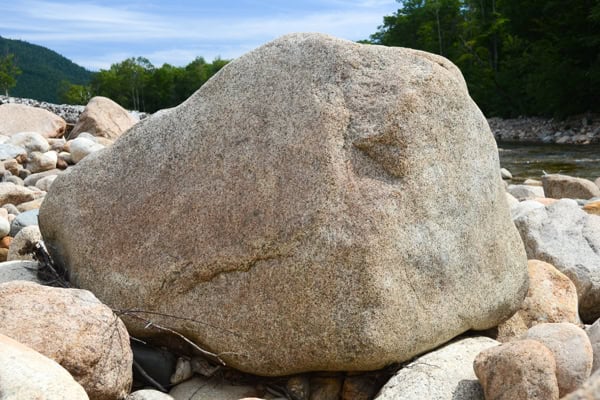Are you trying to drill through porcelain tile without cracking it? It’s a common worry!
You can drill porcelain tiles1 with a masonry bit, but it’s not the best choice. Masonry bits are made for softer materials like brick and concrete. For porcelain, you really should use a diamond-tipped or carbide-tipped drill bit2 to avoid damage.

Let’s find out why masonry bits aren’t ideal for porcelain and what the better options are. Keep reading to learn more!
What Are Masonry Bits?
Got a brick wall that needs a hole? Masonry bits might be your solution. But what exactly are they?
Masonry bits are designed to drill into hard, brittle materials such as brick, concrete, and stone. While they can technically drill through porcelain, it’s not their ideal use. They’re made to handle impact and abrasion, but they are not the best for the precise, clean cuts needed for porcelain tile.

The Inner Workings of Masonry Bits
Masonry bits usually have a hard tungsten carbide tip3 that can withstand the force of drilling into hard materials. The body of the bit is strong, and it’s made to take a beating from hammer drills. The design helps to remove dust and debris4 from the hole as you drill.
Here’s a table to break down the key features of masonry bits:
| Caractéristique | La description |
|---|---|
| Matériau de la pointe | Le carbure de tungstène |
| Matériau du corps | Hardened steel |
| Flute Design | Wide flutes for removing debris |
| Intended Use | Brick, concrete, stone, and other masonry materials |
| Drilling Action | Impact and abrasion |
I remember one time when I tried to use a masonry bit on a ceramic tile. The bit slipped, and the tile cracked. It was a mess! That’s when I learned the hard way that using the right tool for the job is super important. Now, I always double-check that I have the right drill bit before starting any project. For porcelain, I stick with diamond or carbide bits. They make a much cleaner hole and reduce the chance of cracking the tile.
Masonry Bit: Hammer Drill Type or Not?
Are you wondering if you need a hammer drill with your masonry bit? It’s a good question to ask!
Masonry bits can be used with or without a hammer drill, but using a marteau perforateur5 is usually more effective for harder materials like concrete. The hammering action helps the bit to break through the material faster. However, for softer materials or more delicate tasks like drilling tile6, using a regular drill without the hammer function is often better to prevent cracking.

Hammer Drill vs. Regular Drill: What’s the Difference?
Hammer drills add a pounding action to the rotation of the bit. This makes the drilling faster and easier when working with very hard materials. But this pounding action can also be too much for more brittle materials.
Here’s a comparison of using a masonry bit with and without a hammer drill:
| Caractéristique | With Hammer Drill | Without Hammer Drill |
|---|---|---|
| Drilling Speed | Faster on hard materials | Slower |
| Material Suitability | Best for concrete, brick, and stone | Better for softer materials or delicate tasks |
| Risk of Damage | Higher risk of cracking brittle materials | Lower risk of damage |
| User Effort | Less physical effort required | More physical effort required |
I’ve seen people try to force a masonry bit through tile with a hammer drill. It usually ends in disaster – cracked tiles and frustration all around. That’s why I usually suggest starting with a regular drill and only using the hammer function if you’re drilling into something really tough, like a thick concrete wall. And for tiles? Skip the hammer altogether and use a specialized tile bit.
What Drill Bit Should you Use for a Tile?
Picking the right drill bit for tile can feel tricky. Which one should you choose?
For drilling tile, diamond-tipped or carbide-tipped drill bits are the best choices. Diamond-tipped bits are great for hard tiles like porcelain, while carbide-tipped bits work well for softer tiles like ceramic. These bits create clean holes and reduce the risk of cracking.

Diamond or Carbide: Which Bit Wins?
Diamond-tipped drill bits7 use industrial diamonds to grind through the tile. Carbide-tipped bits have a hard carbide cutting edge that can slice through the material. Both are much better than masonry bits for tile.
Here’s a quick guide to choosing the right drill bit for tile:
| Drill Bit Type | Matériel | Pros | Cons |
|---|---|---|---|
| Diamond-Tipped | Porcelain, hard tiles | Clean cuts, less chipping, long-lasting | More expensive |
| Carbide-Tipped | Ceramic, softer tiles | Affordable, effective for softer materials | Can wear out faster than diamond bits, may chip harder tiles |
I’ve learned that spending a bit more on a good diamond-tipped bit is worth it when drilling porcelain. I had a project where I tried to save money by using a cheaper bit. I ended up cracking half the tiles and wasting a lot of time and money. Now, I always invest in quality drill bits, especially when working with expensive materials like porcelain.
Can a Masonry Drill be Used on a Granite Boulder?
Got a granite boulder and a masonry drill? Let’s see if that’s a match made in heaven.
Yes, a masonry drill can be used on a granite boulder, but it will take a lot of time and effort. Granite is a very hard stone, so using a hammer drill with a masonry bit will help speed up the process. For large holes or frequent drilling, a specialized rock drill is a better option.

Drilling into Granite: Is it Possible?
Granite is an igneous rock known for its hardness and durability. Drilling through it requires a lot of force and abrasion-resistant tools8. While masonry bits can do the job, they’re not the most efficient choice.
Here’s what you need to consider when drilling granite:
| Factor | Masonry Bit with Hammer Drill |
|---|---|
| Drilling Speed | Slower |
| Bit Wear | Faster wear on the bit |
| Taille du trou | Suitable for smaller holes |
| User Effort | Requires more physical effort |
I once had a project where I needed to drill a hole through a granite rock for a landscaping project. I started with a masonry bit and a hammer drill, and it took forever! The bit got dull quickly, and I had to keep stopping to cool it down.
Conclusion
So, can you use a masonry bit on porcelain? Yes, but it’s not ideal. For the best results and to avoid cracking your tiles, use diamond-tipped or carbide-tipped drill bits. They’ll give you cleaner holes and less stress.
-
Learn effective techniques for drilling porcelain tiles safely and efficiently to achieve the best results. ↩
-
Discover why diamond-tipped or carbide-tipped drill bits are essential for drilling porcelain tiles without causing damage. ↩
-
Understanding tungsten carbide tips can enhance your knowledge of effective drilling techniques and tool longevity. ↩
-
Learning about dust and debris removal can improve your drilling efficiency and project cleanliness. ↩
-
Understanding how a hammer drill operates can enhance your drilling efficiency, especially for tough materials like concrete. ↩
-
Learning the best techniques for drilling tile can save you from costly mistakes and ensure a professional finish. ↩
-
Explore the advantages of Diamond-tipped drill bits for tile cutting, including efficiency and durability. ↩
-
Exploring the best tools can help you choose the right equipment for drilling hard materials like granite effectively. ↩